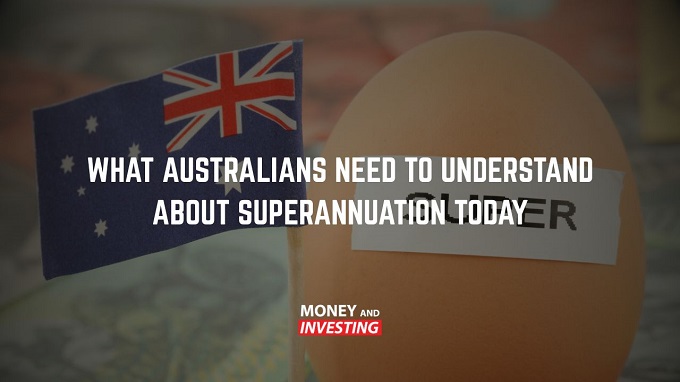The Wealth Playbook: Proven Strategies to Grow and Protect Your Wealth

In today’s fast-paced and often unpredictable financial world, having a solid plan is essential. The Wealth Playbook offers a comprehensive, practical guide for individuals who want to take control of their finances, build lasting wealth, and protect what they’ve worked hard to achieve. Whether you’re a beginner looking to establish financial foundations or an experienced investor refining your strategy, this resource delivers the proven techniques you need to succeed. Why You Need a Wealth Playbook Navigating the world of money can be overwhelming—markets shift, interest rates rise and fall, and unexpected expenses can derail your goals. The Wealth Playbook helps simplify this complexity by offering a structured, step-by-step approach to managing your money. From budgeting and saving to investing and risk management, the playbook is designed to help you: Set clear financial goals Create a budget that works Eliminate unnecessary debt Build an investment po...
